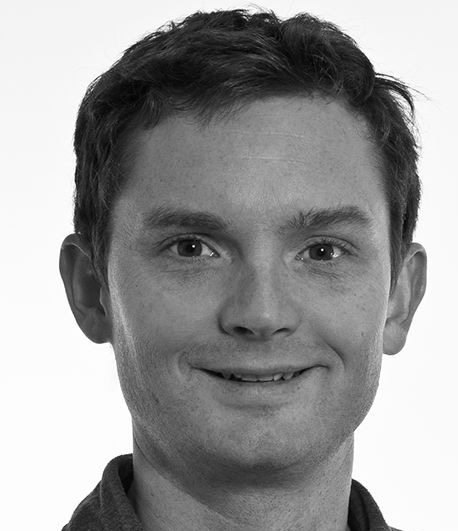
Applied Sports Sciences (AP)
Science of Elite Distance Running
16.05.2024, 17:30 CEST
This second webinar of the ECSS SIG on Running Sciences will focus on the science behind distance running performance of elite athletes. In particular, the physiological variables associated with top level performance and running economy will be presented. The webinar will also discuss how wearable technology can help monitoring training loads and physiological variables in the field.
Chaired by

Guillaume Millet, PhD, FBASES
LIBM & ActiFS chair, University of Saint-Etienne, France

Prof. Robert Lamberts
Division of Movement Science and Exercise Therapy (MSET)
Department of Exercise, Sport and Lifestyle Medicine,
Faculty of Medicine and Health Sciences,
Stellenbosch University,
Stellenbosch, South Africa
Speakers
 Prof. Andrew Jones
Prof. Andrew JonesDepartment of Public Health and Sport Science
University of Exeter, UK
"The physiological characteristics of elite marathon runners"
Andy will provide an overview of the physiological variables which influence distance running performance drawing from his work with former world record holders, Paula Radcliffe and Eliud Kipchoge.
 Dr. Bas van Hooren
Dr. Bas van HoorenDepartment of Nutrition and Movement Science
Maastricht University, Netherlands
"What are biomechanical factors related to running economy?"
Bas will discuss the relationship between running economy and biomechanical factors such as running technique, tendon stiffness and muscle architecture. He will also discuss how training may impact these factors.
 Prof. Billy Sperlich
Prof. Billy SperlichChair of Integrative & Experimental Exercise Science & Training Institute of Sport Science
University of Würzburg, Germany
"Understanding and Evaluating the Training Process: Exploring the Role of Wearable Technology in Intensity and Load Metrics"
Wearable devices have gained significant popularity among runners, transforming how training and load metrics are monitored. These devices track crucial parameters such as heart rate, VO2max, and power, providing a comprehensive view of an athlete's performance. Runners increasingly rely on wearables to quantify training intensity distribution, enhancing their understanding of their physical capabilities and training needs. This session will provide insights into how various technologies contribute to our understanding of intensity and load metrics during the training process of runners.